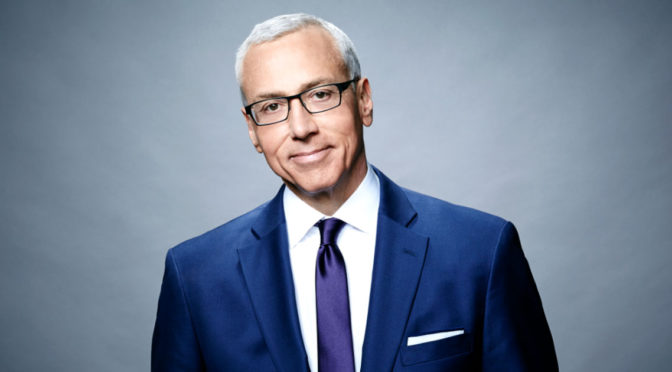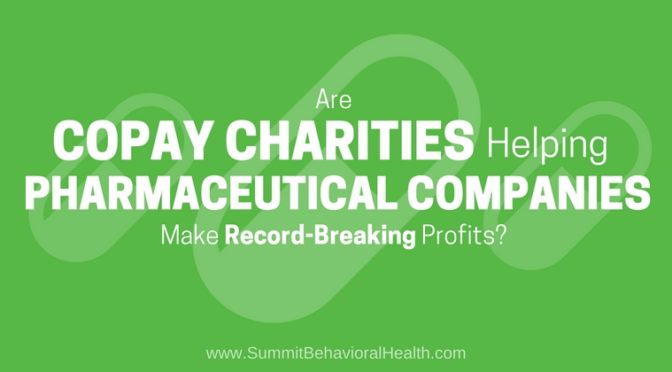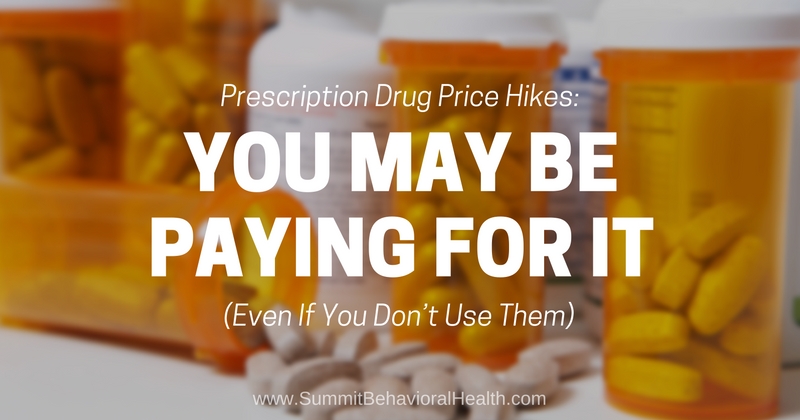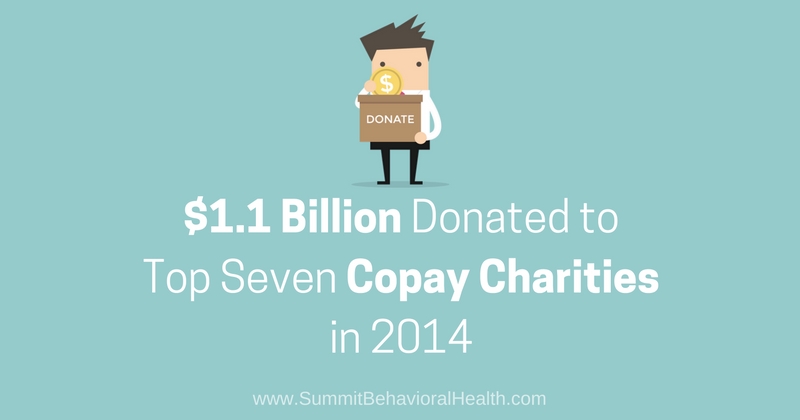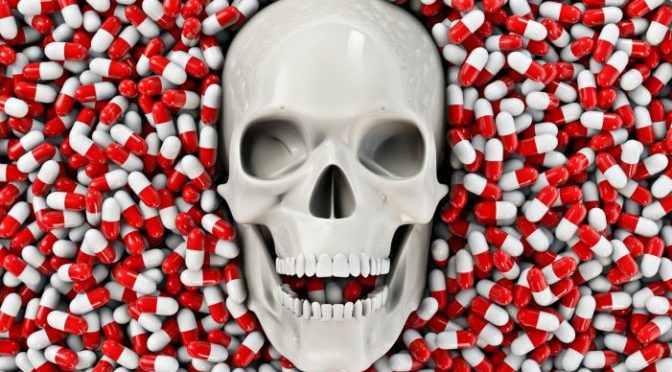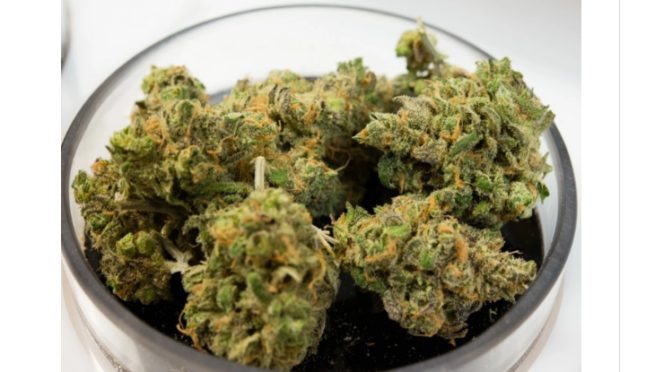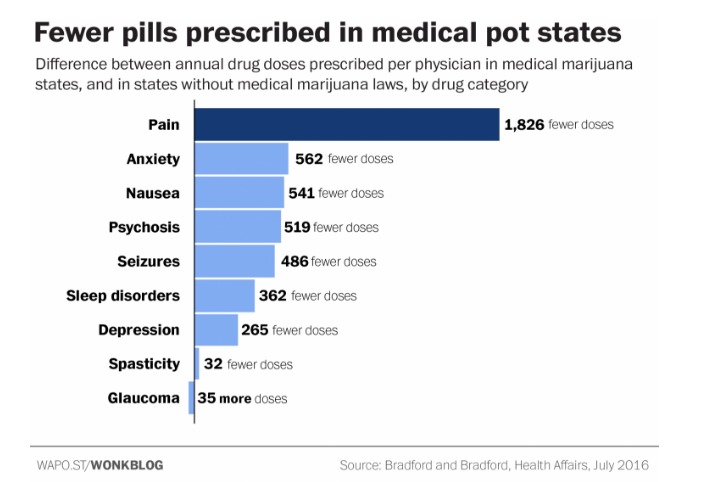When HLN cancelled Dr. Drew in August, the network said the decision was “mutually agreed” upon by both network executives and the show’s host, Dr. Drew Pinsky — but according to a report, executives at CNN (HLN’s sister network) pressured Pinsky to retract comments he made about Hillary Clinton’s health before the show was cancelled a few days later.
“CNN is so supportive of Clinton, network honchos acted like the Mafia when confronting Drew,” a source close to Pinsky told the New York Post‘s Page Six. “First, they demanded he retract his comments, but he wouldn’t.”
During a radio interview with John McIntyre on August 16, Dr. Pinsky commented on the release of the Democratic presidential candidate’s medical records, saying that based upon the information he had reviewed with another doctor, he was “gravely concerned not just about her health, but her health care.”
“Both of us concluded that if we were providing the care she was receiving, we would be ashamed to show up in a doctors’ lounge,” Dr. Pinsky concluded. “We would be laughed out. She’s receiving sort of 1950s level care by our evaluation.”
Eight days later, CNN executive vice president Ken Jautz announced that the last episode of Dr. Drew would air September 22.
“Dr. Drew and his team have delivered more than five years of creative shows and I want to thank them for their hard work and distinctive programming,” Jautz said in a statementannouncing the show’s cancellation. “Their audience-driven shows, in particular, were innovative and memorable TV. And Dr. Drew has been an authoritative voice on addiction and on many other topical issues facing America today.”
The cancellation was framed as part of a broader shakeup at HLN, including the end of Nancy Grace’s long-running show on the network.
But a source close to Dr. Pinsky told Page Six that the host’s comments on Clinton’s health led to a series of “nasty” phone calls and emails from network executives that were “downright scary and creepy.”
“Both of us concluded that if we were providing the care she was receiving, we would be ashamed to show up in a doctors’ lounge,” Dr. Pinsky concluded. “We would be laughed out. She’s receiving sort of 1950s level care by our evaluation.”
Eight days later, CNN executive vice president Ken Jautz announced that the last episode of Dr. Drew would air September 22.
“Dr. Drew and his team have delivered more than five years of creative shows and I want to thank them for their hard work and distinctive programming,” Jautz said in a statementannouncing the show’s cancellation. “Their audience-driven shows, in particular, were innovative and memorable TV. And Dr. Drew has been an authoritative voice on addiction and on many other topical issues facing America today.”
The cancellation was framed as part of a broader shakeup at HLN, including the end of Nancy Grace’s long-running show on the network.
But a source close to Dr. Pinsky told Page Six that the host’s comments on Clinton’s health led to a series of “nasty” phone calls and emails from network executives that were “downright scary and creepy.”
Full Article – http://www.breitbart.com/big-hollywood/2016/09/04/report-cnn-demanded-dr-drew-retract-clinton-health-comments-cancelling-show/

